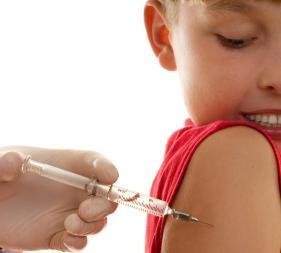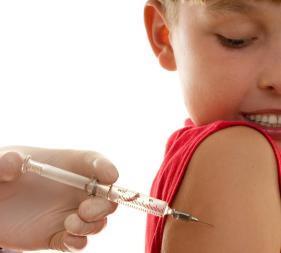Report identifies gaps in U.S. preparedness for treating and caring for children during a possible pandemic flu outbreak
A new report identifies gaps in U.S. preparedness for treating and caring for children during a possible pandemic flu outbreak.
The report also finds that children and teens account for nearly 46 % of all H5N1 ‘bird’ flu deaths.
The report was issued by the American Academy of Pediatrics (AAP) and Trust for America's Health (TFAH).
Dr.Jeff Levi, executive director of TFAH, said: "Children are not simply small adults, especially when it comes to medical concerns. The fact that H5N1 has been disproportionately impacting children and adolescents should give us pause. As the U.S. prepares for the threat of a possible pandemic flu, we must make caring for our kids a priority, not an afterthought."
“What will happen when children miss school? How long can parents stay home to care for their children? These are the million dollar questions parents and policy-makers should think about now while we have time to prepare.
Dr. Henry Bernstein, member and chief, general pediatrics, Children's Hospital at Dartmouth
AAP Committee on Infectious Disease (COID) member Dr. John Bradley, of Children's Hospital San Diego, commented: "Children tend to be major vectors. They are inherently more at-risk for contagious respiratory diseases because they have limited pre-existing immunity, often spend lots of time in groups, and tend to share germs easily."
Dr. Henry Bernstein, member and chief, general pediatrics, Children's Hospital at Dartmouth, added: "What will happen when children miss school? How long can parents stay home to care for their children? These are the million dollar questions parents and policy-makers should think about now while we have time to prepare.”
Experts predict a severe pandemic flu outbreak could result in up to 1.9m deaths in the U.S., approximately 9.9m Americans needing to be hospitalized, and an economic recession with losses over $680bn to the U.S. GDP.
Some key gaps identified in the report include:
A severe pandemic outbreak could result in 25 % of the U.S. population becoming ill. Children are known to often be disproportionately impacted by contagious respiratory illnesses.
Neither of the two antiviral drugs that have been shown effective against H5N1 are licensed for children younger than 1 year of age.
A vaccine that is well-matched for a pandemic would not be available for at least 6 months after a major outbreak begins.
N95 respirator masks, recommended by the U.S. Centers for Disease Control and Prevention (CDC), are not currently produced in children's sizes.



















No comments yet